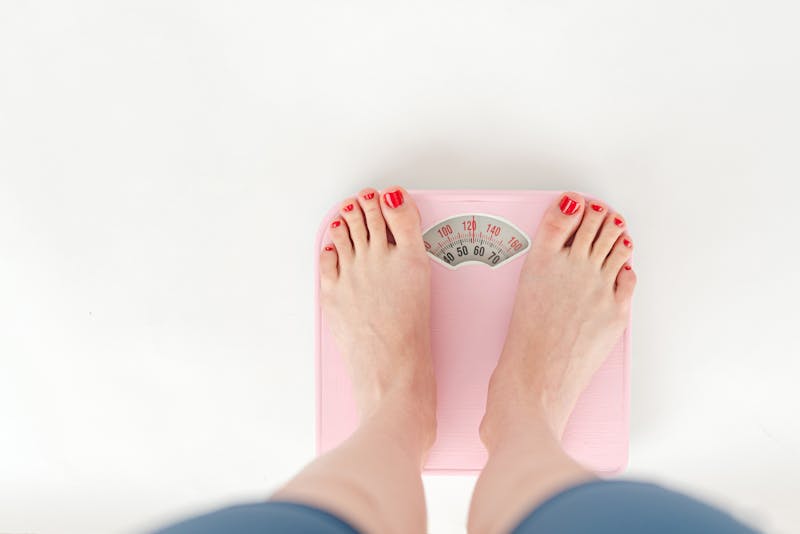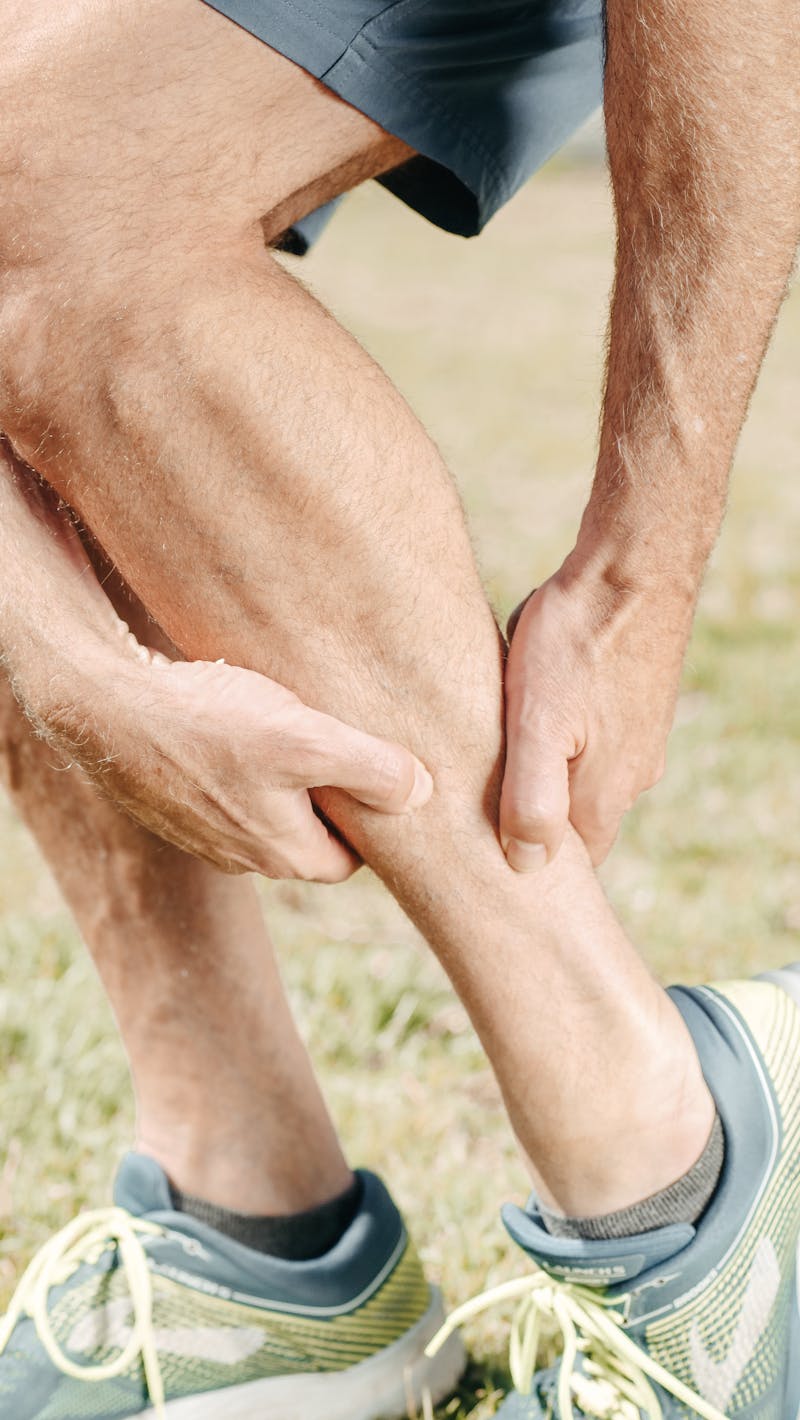Lower Back Pain Running
Most of us can run through minor injuries with the help of a warm up routine and painkillers, but lower back pain is one of those horrible things that can be unmanageable.
We get lower back pain while running because of inflammation around the nerves and muscles, but that often isn't the root cause. It could be core weakness leading to instability or your desk job posture putting stress on the lower spine.
The good news is that lower back pain usually improves itself with rest and physiotherapy, although musculoskeletal injuries can extend the recovery time to months instead of weeks.
There are also ways to alleviate lower back pain while running, such as warming up with stretches, strengthening your core, and working on your running form. These could be just what you need to hit the pavement pain-free.

Causes of Lower Back Pain While Running
Weak core muscles, including the abdominals and lower back
Core weakness leads to poor running form through poor balance and pelvic stability, increasing the risk of muscle strain and lower back pain.
Running too much or increasing mileage too quickly
Beginners and pro runners alike can suffer from overtraining through a lack of rest, impacting not just the lower back but the legs too.
Sitting at a desk all day
Those with desk jobs that head out running are at a high risk of lower back pain from poor posture – a lumbar support pillow can be a good investment.
Not adequately warming up before running
A lack of stretching before running can mean that all the tightness in your lower back, pelvis, and hamstrings builds up while running.
Radiating pain
Problems with the pelvis, hips, legs, and middle and upper back can sometimes spread through to the lumbar region.
Previous injuries and strains
Injuries and strains to the lower back and pelvis can present themselves while running and sometimes out of the blue.
Irritation or misalignment of the sacroiliac joint
This joint connects the lower spine to the pelvis and can cause instability when running. Most problems come from repetitive or acute trauma.
Pinched nerves and inflammation, including sciatica
Impinged or irritated nerves and excessive inflammation can make running impossible as your lower back causes acute pain that worsens.
Inefficient running mechanics, such as excessive heel striking or overstriding
Bad form or technique can cause symptoms in your your lower back and put you out of action for weeks. Look at what the professionals do for pointers, or have a gait / running assessment from a physiotherapist.
Diagnosis
Some people try and run through lower back pain, but it can be dangerous to do so without a proper diagnosis and is not advisable.
A physiotherapist can help diagnose the cause of your lower back pain, although sometimes it's a case of drawing familiarities.
Medical history
Do you have a history of lower back pain? Previous injuries and symptoms like sciatica or impact injuries can recur and give you pain.
Physical exams
Testing your range of motion, flexibility, and strength can identify any weaknesses, imbalances, or mobility issues contributing to your pain. A qualified physiotherapist is the best professional for the job.
Running observation
Gait analysis can identify any biomechanical issues in your running form / technique that could contribute to lower back pain, such as poor stride length and landing on your heels.
Imaging tests
X-rays, MRI, or CT scans can accurately visualise the structures of your spine to identify any abnormalities—these are useful when there isn't an obvious problem.
Treatments
Minor lower back pain goes away on its own after a few days or weeks, but more severe cases may require professional treatment.
Here are some common treatments for lower back pain while running:
Rest and activity modification
Taking a break from running and other high-impact activities can give your back time to heal. You might need to switch to low-impact exercises like swimming or cycling temporarily.
Physiotherapy
A physiotherapist can help identify the root cause of your pain and develop a treatment plan that includes exercises to strengthen your core, improve flexibility, and correct any biomechanical issues.
Pain management
Over-the-counter pain medications like ibuprofen or acetaminophen can help manage pain and inflammation in the short term.
Heat and cold therapy
Applying ice to reduce inflammation or heat to relax muscles can provide temporary relief from lower back pain.
Gradual return to running
Once your pain has subsided, it's important to gradually return to running with a structured plan that includes proper warm-up, strengthening exercises, and technique improvements.
Prevention
Preventing lower back pain while running is often easier than treating it. Here are some strategies:
- Strengthen your core muscles with regular exercises
- Maintain good posture throughout the day, especially if you have a desk job
- Always warm up properly before running
- Gradually increase your mileage and intensity
- Work on your running form and technique
- Wear appropriate running shoes
- Listen to your body and rest when needed
If you're experiencing persistent lower back pain while running, don't ignore it. Contact our physiotherapy team for a proper assessment and treatment plan.


